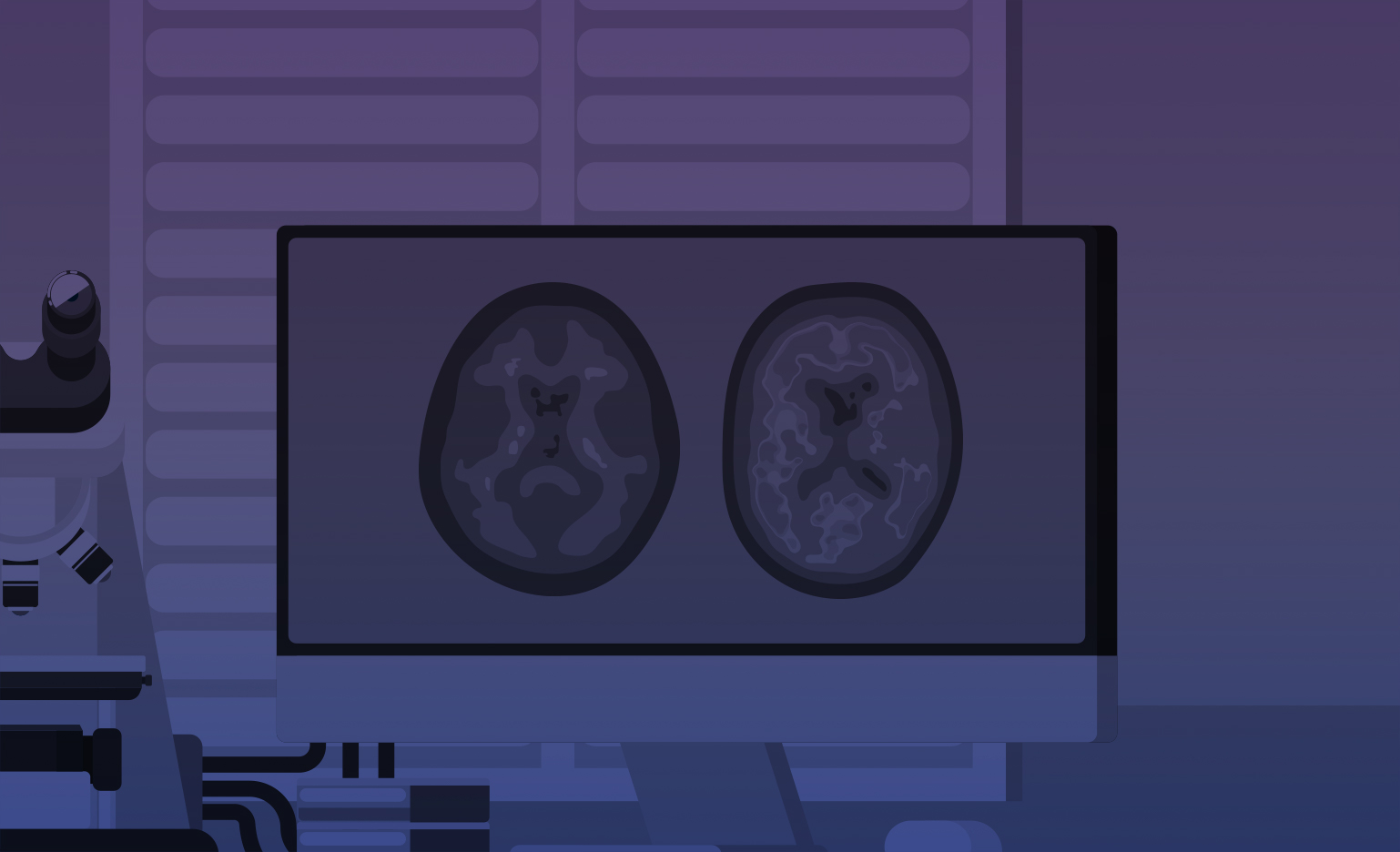Trustees of Columbia University in the City of New York
Trustees of Columbia University in the City of New York
Tau Clearance by Autophagy
Brain cells, called neurons, are at the center of all biological activity and includes many functions including thinking/cognition and motor control. For neurons to remain healthy, it must remove any unwanted materials that can accumulate and disrupt its many processes, including buildup of abnormal tau, a key component to frontotemporal dementia. The main way this is achieved is through a process called autophagy. The analogy is that you put out your garbage (aggregated proteins) and a garbage truck (autophagic vacuole) picks it up to deliver to the incinerator (lysosome) for removal. This is a constant process in the neurons, and when it fails, the cellular debris builds up and starts to block the neurons from functioning properly, ultimately leading to the neuron's demise. Simulating autophagy by drug called rapamycin, has also been shown to increase longevity, as well as reducing proteins aggregates associated with various neurodegenerative diseases including Huntington's disease and scrapie, a prion related disease. Trehalose, a complex sugar that is naturally produced in fungus, plants and invertebrates, has also been shown to reduce aggregates of the polyglutamine huntingtin, a protein central to the development of Huntington's disease. In this study, we will examine if it is possible to increase autophagy to clear out the tau aggregates in brain slices from a mouse model of tau pathology and restore the function of tau, which is to bind microtubules. If successful, it could lead to testing these compounds in animals to identify if it restores the ability to think. By the end of this study, we will know if short and long-term stimulation of autophagy can eliminate aggregated tau, in preparation for therapeutic application.

